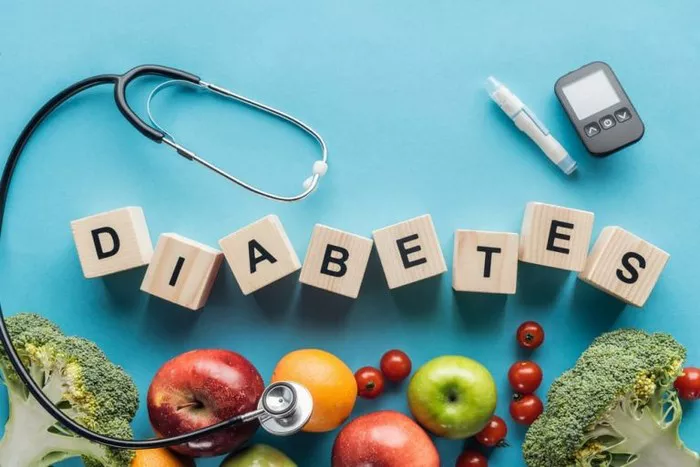Approximately 38 million Americans live with diabetes, yet nearly 9 million of them are unaware of their condition. Often termed the “silent killer,” diabetes can remain undiagnosed for years if individuals are not vigilant about potential symptoms.
The lack of noticeable symptoms can make it challenging for people to recognize diabetes early. This underscores the importance of regular health checkups, as undiagnosed diabetes can lead to severe complications, including heart disease, kidney failure, and vision impairment.
Alison Massey MS, RD, CDCES, a registered dietitian and owner of Flourish Nutrition Therapy & Wellness, explains, “Without routine medical examinations and blood tests, many people might feel perfectly fine, which is why pre-diabetes and type 2 diabetes are often called ‘silent diseases.’”
Key warning signs to be aware of include increased thirst, frequent urination, extreme hunger, unexplained weight loss, fatigue, blurry vision, slow-healing wounds, and numbness or tingling in the limbs.
To reduce the risk of developing diabetes, Massey emphasizes the importance of lifestyle changes. “Exercise is like free medicine for the body,” she notes. Regular physical activity, ideally at least 30 minutes daily, can effectively lower blood sugar levels.
In addition to exercise, Massey advocates for a healthier diet—one rich in whole foods, fruits, and vegetables—while limiting sugar and alcohol intake. She also recommends getting a minimum of seven hours of sleep each night, losing excess weight, and quitting smoking to further mitigate diabetes risk.
Related topics:
Insulin that “Feels” Blood Sugar: A Potential Solution for Type 1 Diabetes?
Engineering Extracellular Vesicles: A Potential Breakthrough for Treating Type 1 Diabetes
Elderly Type 1 Diabetes Cases Triple Globally, Mortality Declines

























